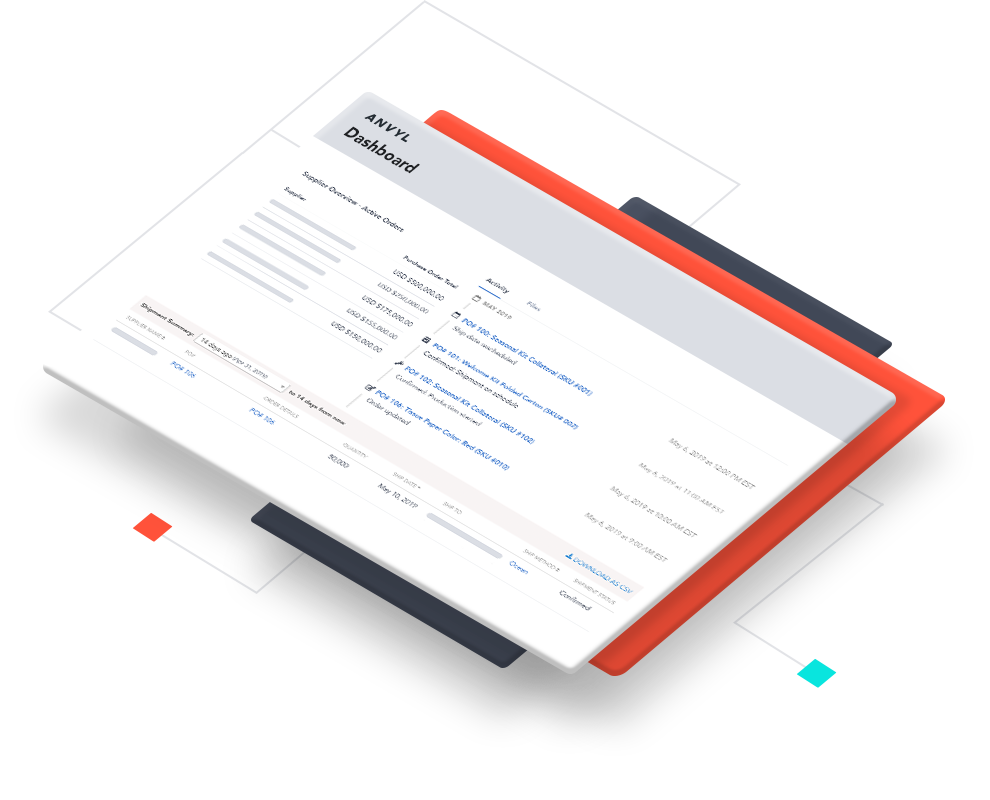After a long history of being underrated, supply chain is shining as a way to differentiate brands in competitive markets. Companies that can overcome today’s operational challenges and modernize their supply chain systems will reap the rewards for years to come.
Why is now the time for change?
A few factors make now a critical time for supply chain, especially when it comes to technology. Investment in software as a service (SaaS) has consistently grown for the past decade (even 2017’s dip appears to have corrected). Pricing models continue to be freemium or tiered, allowing small companies to grow into more feature-rich versions of their software as they scale. In short, brands have access to cost-effective, powerful technology for every area of business operations.
Another continued trend is that companies (and developers) are moving away from monolithic software, taking advantage of open source components and microservices and building apps that are tailor-made for their use case without getting locked into proprietary architecture or amassing an unhealthy amount of technical debt.
The biggest catalyst, however, is the upsurge of digitally native startups over the past five years. These brands embrace a primarily direct-to-consumer (D2C) business model that can’t survive without a flexible, modern supply chain. They use the latest technology and embrace logistics partners to get high quality products to consumers in a few days or less, meeting what has recently become a very high bar for delivery, customer service, and even social responsibility.
Brands still face big challenges
Digitally native brands have found their stride in recent years, but growth brings new challenges. As companies like Outdoor Voices and Warby Parker find widespread traction, they expand from an online-only model to a multi-channel brand with several new product lines and categories. The supply chain grows along with them—they’re likely to have dozens of suppliers all over the world making and shipping components at different times.
What once worked for tracking their supply chains, like simple spreadsheets and manual follow-up with suppliers, doesn’t work at the next stage of growth. Many brands experience missed communications, increased costs, and frustration from employees who aren’t given the tools they need to do their best work.
Supply chain visibility gaps are closing
One of the biggest gaps in supply chain data—and as a result, automation—is during the sourcing and production stages. Brands struggle to monitor supplier activity, keep track of SKU-level and part data, and know when finished goods are on arriving at their warehouses and distribution centers.
Modern supply chains allow far more visibility around inbound logistics. They use highly customized, integrated tools to build the right supply chain “stack” for each business rather than getting locked into an expensive ERP suite for every function. As companies grow, they can connect their lightweight tools to larger enterprise systems.
Anvyl was built to add greater ease, automation, and visibility to supply chains. Our customers use it to strengthen supplier relationships and make better decisions based on supply chain data that everyone can collaborate on.
Our latest white paper dives into the details. See how some of the most innovative brands on the market today invest in technology and rethink supply chain workflows to stay competitive, seeing benefits like:
- Decreased costs associated with producing physical products
- Spending less on air freight costs to make up for late or missing product
- Better forecasting expenses
- Demonstrating reliability to distribution partners
- Spending fewer resources on redundant, outdated tasks
- Proactively improving supply chain operations
To learn more about transforming your supply chain, download the full white paper: Unlocking the Next Level in Supply Chain Innovation.





